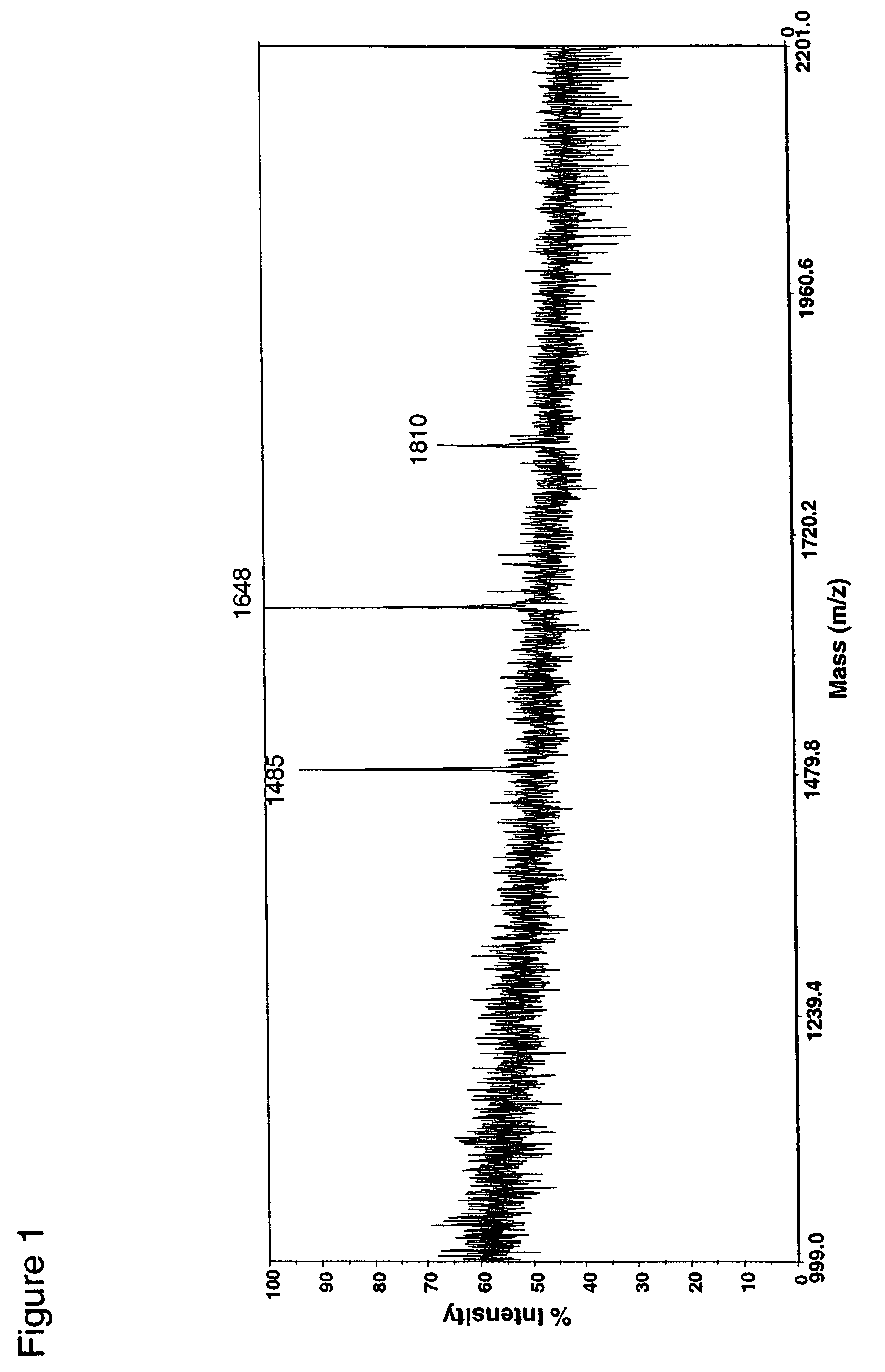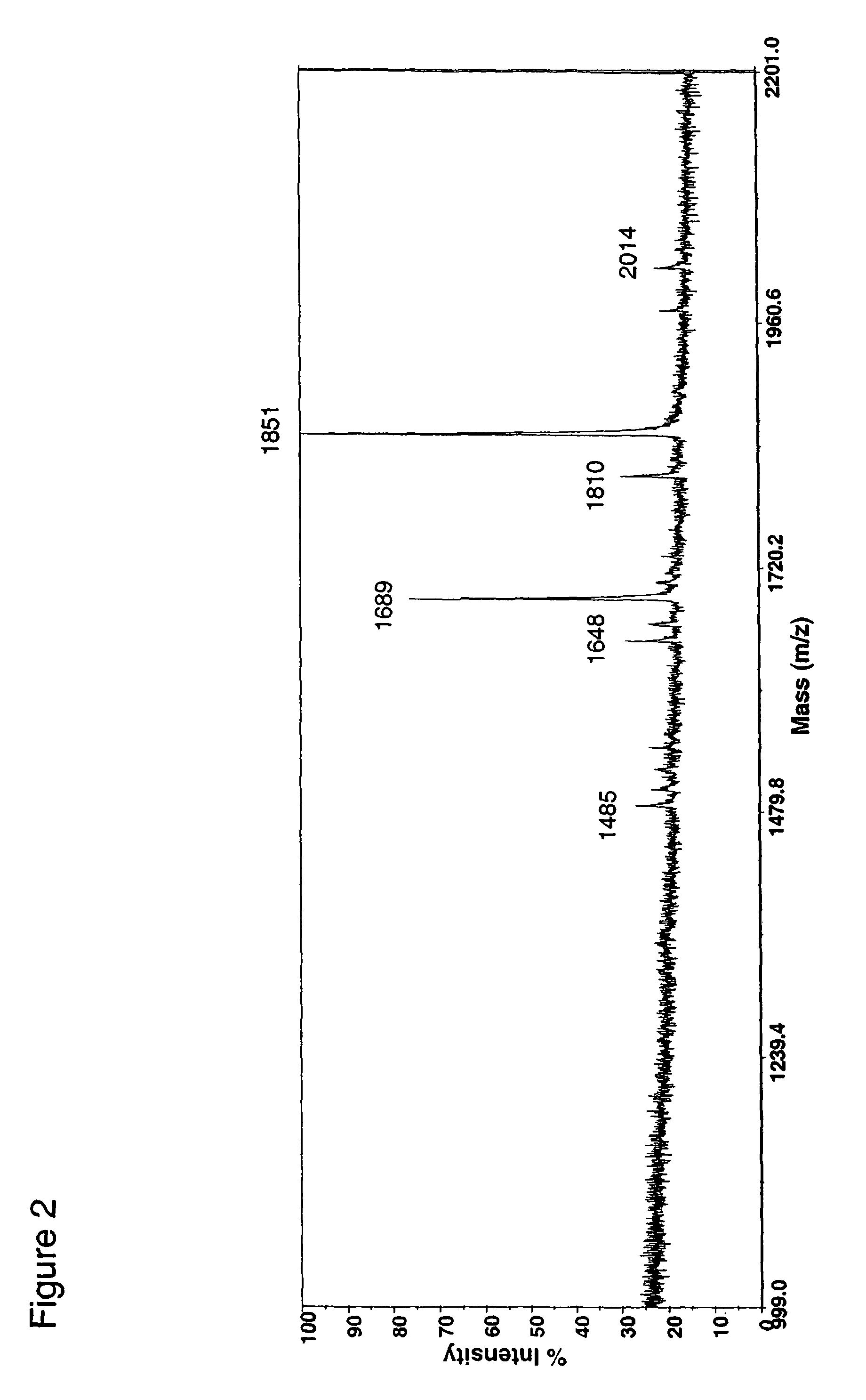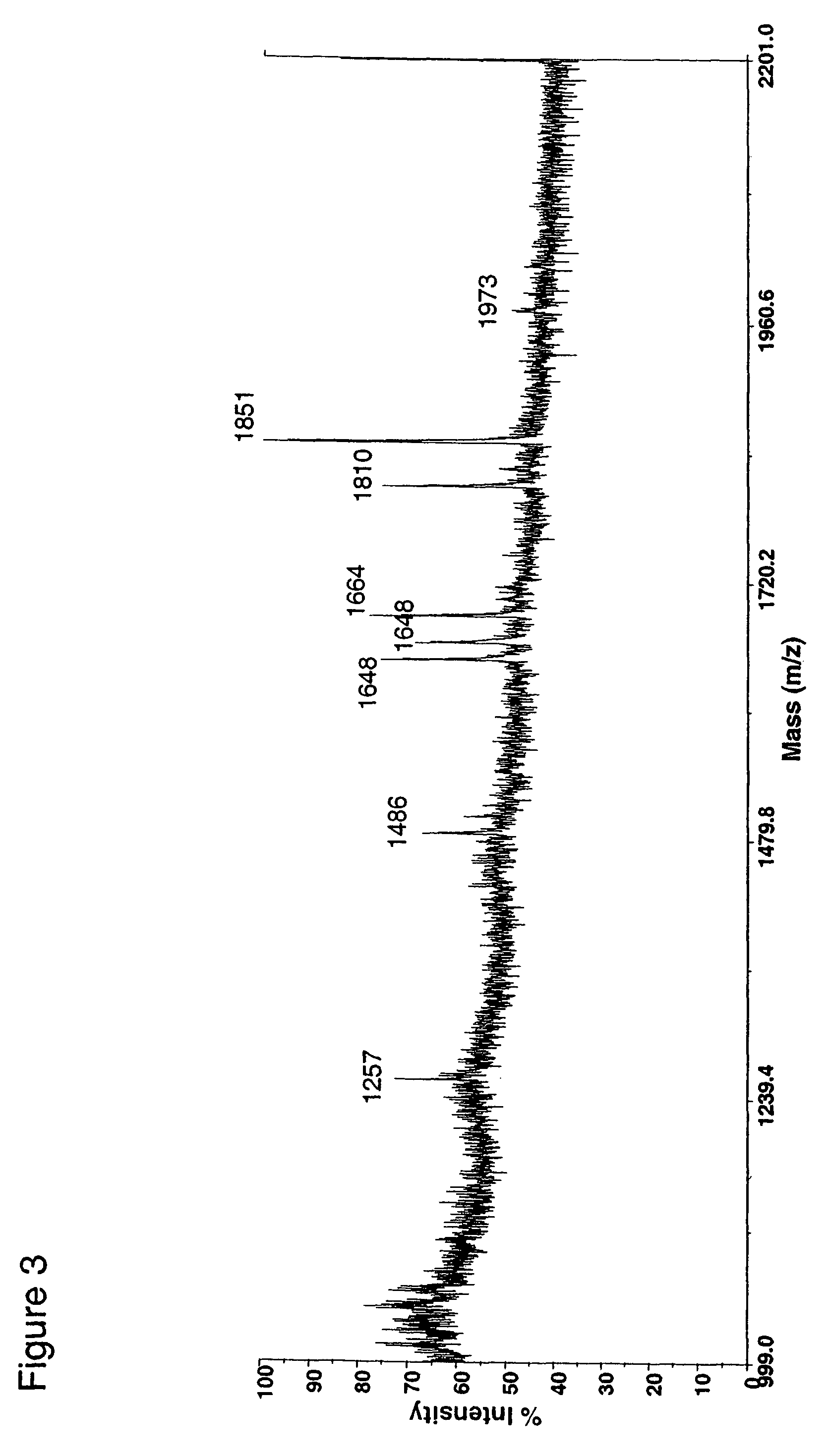Fusion constructs and use of same to produce antibodies with increased Fc receptor binding affinity and effector function
a technology of fusion constructs and effector functions, which is applied in the direction of dna/rna fragmentation, peptide/protein ingredients, hydrolases, etc., can solve the problems of reducing biological activity and achieve the effect of increasing the binding affinity of fc receptors and increasing the effector function
- Summary
- Abstract
- Description
- Claims
- Application Information
AI Technical Summary
Benefits of technology
Problems solved by technology
Method used
Image
Examples
example 1
Materials and Methods
1. Construction of Antibody Expression Vectors.
Anti-CD20 Antibody Expression Vector pETR1502
[0225]The C2B8 anti-CD20 antibody expression vector, pETR1502, consists of four independent, separate expression cassettes (one for the C2B8 antibody light chain, one for the C2B8 antibody heavy chain, one for the neomycin resistance gene and one for the murine dhfr gene). All genes are under control of the promoter of the myeloproliferative sarcoma virus (MPSV) and contain a synthetic consensus polyadenylation signal derived from the polyadenylation signal of the rabbit β-globin gene.
[0226]CDNAs encoding the variable heavy (VH) and variable light (VL) chain regions of the anti-CD20 antibody C2B8 were assembled from a set of overlapping single-stranded oligonucleotides in a one-step process using PCR (Kobayashi, N., et al., Biotechniques 23:500-503(1997)). The original sequence coding for C2B8 VL and VH regions were obtained from a published international patent applicati...
example 2
Treatment of Immune-Mediated Thrombocytopenia in a Patient with Chronic Graft-Versus-Host Disease
[0295]Autoimmune thrombocytopenia in chronic graft-versus-host disease represents an instance of B-cell dysregulation leading to clinical disease. To treat immune-mediated thrombocytopenia in a subject with chronic graft-versus-host disease, an anti-CD20 chimeric monoclonal antibody prepared by the methods of the present invention and having increased ADCC is administered to the subject as described in Ratanatharathorn, V. et al., Ann. Intern. Med. 133(4):275-79 (2000) (the entire contents of which is hereby incorporated by reference). Specifically, a weekly infusion of the antibody, 375 mg / m2 is administered to the subject for 4 weeks. The antibody therapy produces a marked depletion of B cells in the peripheral blood and decreased levels of platelet-associated antibody.
example 3
Treatment of Severe, Immune-Mediated, Pure Red Cell Aplasia and Hemolytic Anemia
[0296]Immune-mediated, acquired pure red cell aplasia (PRCA) is a rare disorder frequently associated with other autoimmune phenomena. To treat immune-mediated, acquired pure red cell aplasia in a subject, an anti-CD20 chimeric monoclonal antibody prepared by the methods of the present invention and having increased ADCC is administered to the subject as described in Zecca, M. et al., Blood 12:3995-97 (1997) (the entire contents of which are hereby incorporated by reference). Specifically, a subject with PRCA and autoimmune hemolytic anemia is given two doses of antibody, 375 mg / m2, per week. After antibody therapy, substitutive treatment with intravenous immunoglobulin is initiated. This treatment produces a marked depletion of B cells and a significant rise in reticulocyte count accompanied by increased hemoglobin levels.
PUM
| Property | Measurement | Unit |
|---|---|---|
| concentrations | aaaaa | aaaaa |
| pH | aaaaa | aaaaa |
| volume | aaaaa | aaaaa |
Abstract
Description
Claims
Application Information
 Login to View More
Login to View More - R&D
- Intellectual Property
- Life Sciences
- Materials
- Tech Scout
- Unparalleled Data Quality
- Higher Quality Content
- 60% Fewer Hallucinations
Browse by: Latest US Patents, China's latest patents, Technical Efficacy Thesaurus, Application Domain, Technology Topic, Popular Technical Reports.
© 2025 PatSnap. All rights reserved.Legal|Privacy policy|Modern Slavery Act Transparency Statement|Sitemap|About US| Contact US: help@patsnap.com



